How does Cadillac re-establish itself as a premier luxury brand and in the process restore the sales volumes that once made it the dominant player in the American luxury market? That is the question we asked Cadillac President Johan de Nysschen at the Geneva motor show, and his answer was both expansive and revelatory.
Two logical paths present themselves: one, perhaps the easier of the two, is to re-double the brand’s efforts to court American luxury-car buyers, leveraging the American public’s familiarity and overall favorable attitudes toward the Cadillac brand. The other, more difficult but potentially more rewarding, is to move the Cadillac brand into the consciousness of the world’s luxury-car buyers, imbuing the vehicles and the ownership experience with qualities that will persuade a significant number of Asians and Europeans to switch allegiance from the European and Japanese luxury brands.
When I asked him about the two possibilities, de Nysschen was unequivocal about the course he and his brand have chosen to take, the second one.
Seeking Global Relevance
“In order to be successful in the U.S. we have to be a global brand,” said the man generally credited with Audi‘s meteoric ascendance to the top ranks of luxury automobiles before joining Cadillac last year. “Luxury consumers today are internationally mobile, and it is an important reassurance for them that the luxury brand they meet whether it’s in the streets of New York or London or Shanghai or wherever else is the same luxury brand. So you need the same personality, you need the same positioning, you need the same kind of instant recognition.”
Currently Cadillac vehicles are highly regarded by American automotive critics, including our expert editorial staff here at Kelley Blue Book, but de Nysschen has been the leading light of a relatively new effort to take the Cadillac brand even farther up the global food chain. At next month’s New York auto show, the public will get the first glimpse of this product salvo in the form of the all-new Cadillac CT6, which the Cadillac president suggests will be a game-changer in the way the luxury-car-buying public thinks about the brand.
“I will not go into too much technical detail or even conceptual detail on that car,” he told us in a meeting room at the Geneva motor show, “but I think it is going to be a car that positions itself more comfortably as one that will offer a whole bunch of traditional Cadillac virtues but, thanks to technology, will also keep us at the forefront of driving dynamics, and perhaps cover two bases with one play.”
Also: Kelley Blue Book Best Buy Awards of 2015
The Two Faces of Cadillac
De Nysschen is quite candid about the fact that today’s Cadillac brand is presenting a schizophrenic image to the luxury consumer both in the United States and internationally. Although the future is represented by critical favorites like the CTS and ATS, the current XTS – the brand’s nominal flagship — is targeted towards satisfying Cadillac’s long-term customers, who value size and comfort over razor-sharp handling.
When I asked him how great a challenge current Cadillac customers — and the sales they represent — are with respect to realizing his goal of turning the brand into a top-tier global luxury player, de Nysschen didn’t hesitate to address what could be a very tricky problem.
“That is precisely at the core of our current operational challenge, precisely at the core,” he said. “When the decision was made to evolve Cadillac from plushmobiles to putting real credibility back into the product substance, they [his GM colleagues] …really focused on driving dynamics, and that is where CTS and now ATS have come to the fore. These cars have to be an important part of the marketing communication and the repositioning of Cadillac in the future. Our problem is this: a large part of our current customer base is still rooted in the previous direction for the brand.”
The challenge is that Cadillac might leave its loyal long-time customers behind while failing to attract new customers to take their place, at least in the short-term. In that scenario, a brand can find itself in a no-man’s land, and that is where de Nysschen candidly admits Cadillac is at the moment. Despite offering well-reviewed new products, the brand’s sales in the U.S. have run into a lull; its surge in China has cooled; and its efforts in Europe are still in an embryonic stage. But de Nysschen insists the transition to new buyers will be successful, and he believes it is the only course Cadillac can successfully pursue if it hopes to capture the luxury buyer of the future.
“Cadillac has got to be an expressive symbol of arrival,” he said. It’s got to be regal; it’s got to be sovereign, and it’s got to be prestigious.”
Embarking on a Bold Course
Cadillac’s new president is also convinced that his brand cannot get where he – and General Motors – would like to it go by meticulously copying what the European luxury-car makers are doing.
“We have got to be bold; we have got to be focused on the sophisticated portion of execution, but we also have to be willing to take risks,” he said. “Because if we always try to follow the tried-and-trusted path, we’ll forever be followers.”
That is not the American way, and though de Nysschen is originally from South Africa, he is adamant about Cadillac retaining and expressing American values as America’s premier luxury car. That, he insists, is the road to new relevance in the luxury class.
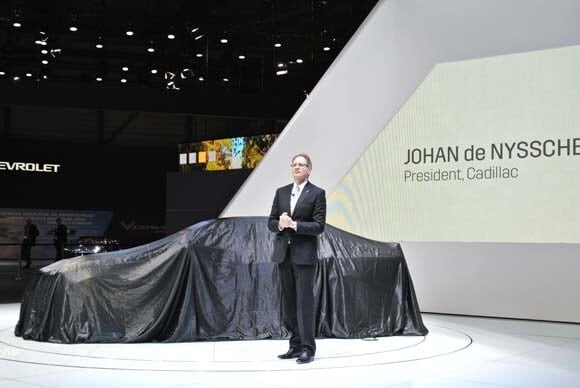
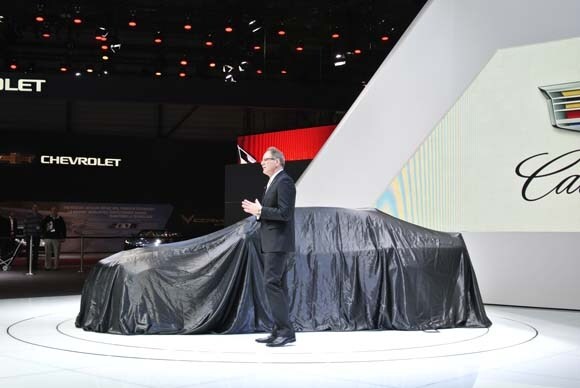
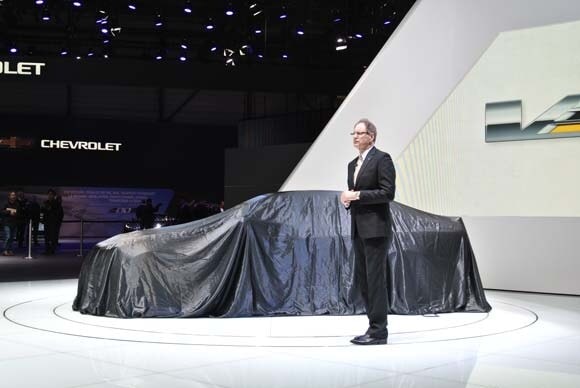
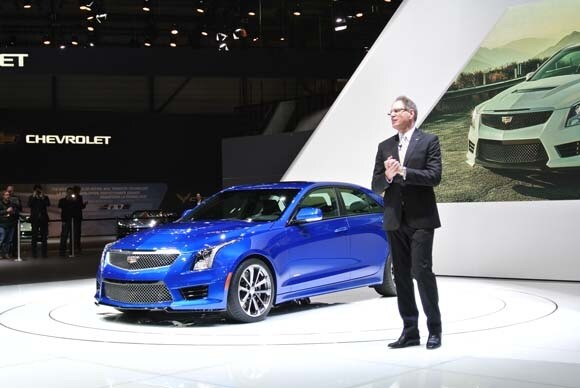
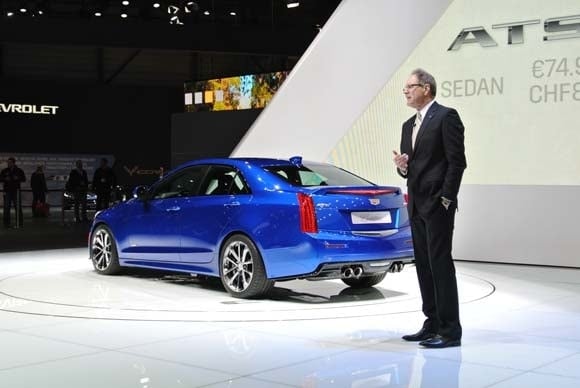
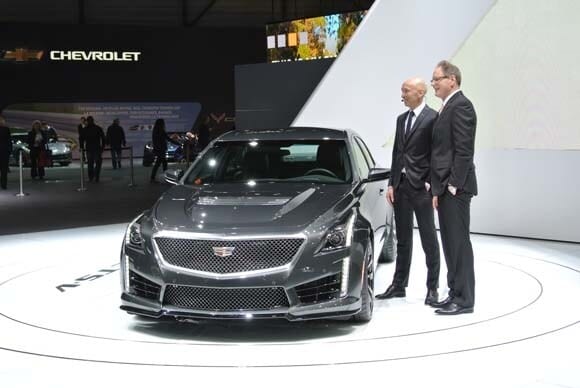
 See the All-New Cars for 2015
See the All-New Cars for 2015 10 Coolest Cars Under $18,000
10 Coolest Cars Under $18,000







